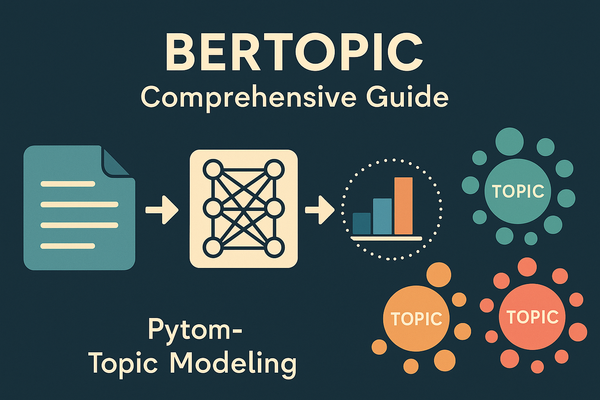PharmAssist AI: Leveraging Extensive Datasets for Enhanced Pharmaceutical Research - Part 2
In this installment, we delve into the various datasets that form the backbone of PharmAssist AI, illustrating how these rich data sources are harnessed to provide comprehensive and accurate drug information.

Introduction to Datasets
In the first part of this series, we introduced PharmAssist AI, an innovative tool designed to aid pharmaceutical professionals and students by streamlining the process of researching FDA-approved drugs.
In this installment, we delve into the various datasets that form the backbone of PharmAssist AI, illustrating how these rich data sources are harnessed to provide comprehensive and accurate drug information.
Key Datasets Employed
PharmAssist AI integrates multiple datasets to cover all aspects of pharmaceutical data, from drug labeling to adverse reactions and patent information. Here’s a breakdown of these crucial datasets:
1. FDA Drug Labeling Dataset
Available at open.fda.gov, this dataset provides exhaustive labeling information for thousands of drugs. Each file within the dataset contains details for approximately 1,000 drugs, covering sections such as:
- Warnings
- Drug interactions
- Dosage and administration
- Adverse reactions
- And more...
This dataset forms the primary source for the drug labels section in PharmAssist AI, allowing users to access detailed drug information readily.
2. USPTO PatentsView
The PatentsView database offers a comprehensive look at patents issued by the US Patent and Trademark Office (USPTO), structured as TSV files. This includes patents related to pharmaceutical compounds and their uses, which are invaluable for understanding the development and scope of new drugs.
3. Chembl and Surechembl Databases
These databases (Chembl and Surechembl) are crucial for researchers requiring in-depth chemical data, including molecular structure, biological activities, and medicinal properties.
PharmAssist AI leverages these datasets to provide detailed chemical composition data and biological activity information of drugs.
Integrating and Utilizing the Data
Data Handling and Integration
To effectively use these datasets, PharmAssist AI incorporates several strategies:
- Data Extraction and Normalization: Given the diverse formats and vast amount of data, initial steps include the normalization of data structures and extraction of pertinent details for easy querying.
- Database Design: The data is stored in a relational database, allowing for efficient data retrieval and management. This setup supports the application’s requirement to fetch data dynamically based on user queries.
Application of Data in PharmAssist AI
- Drug Labeling: Users can query specific sections like 'dosage_and_administration' or ''contraindications'' to get precise information directly from FDA labels.
- Adverse Drug Reactions: By integrating adverse reaction data, PharmAssist AI helps identify potential side effects quickly, which is crucial for safe pharmaceutical practices.
- Patent Information: Access to patent data allows users to track the development of new drugs and understand the competitive landscape in pharmaceutical innovations.
Enhancing Research with AI
To further enhance the usability of this data, PharmAssist AI applies advanced AI techniques:
- Natural Language Processing (NLP): AI algorithms interpret user queries and fetch relevant information by understanding the context and nuances of the questions posed.
- Machine Learning Models: These are used to predict and suggest related queries, helping users explore related topics without additional searches.
Conclusion
The integration of these extensive datasets within PharmAssist AI represents a significant advancement in pharmaceutical research tools. By providing easy access to comprehensive, accurate, and up-to-date drug information, PharmAssist AI not only saves time but also enhances the quality of pharmaceutical care and education.
In the upcoming part of this series, we will explore the specific AI technologies and methodologies that enable the efficient functioning of PharmAssist AI, making it a revolutionary tool in the field of pharmaceutical studies.



